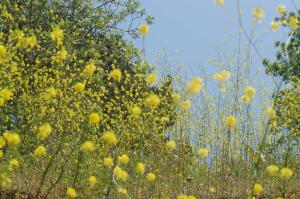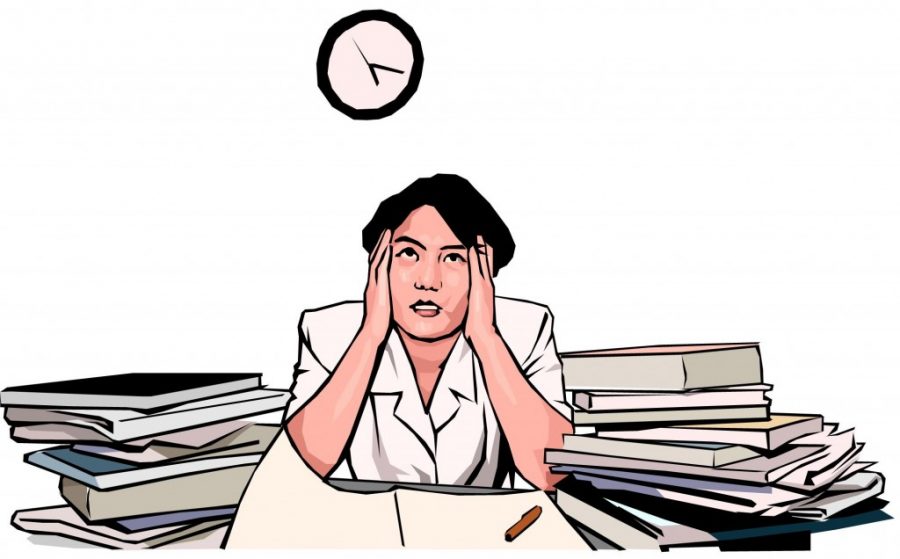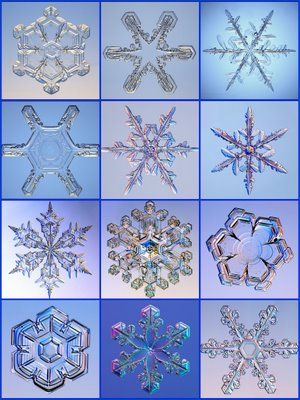By Briana Hayes
Staff Writer
 The first day of spring is March 20, and with it comes the dreaded spring allergies.
The first day of spring is March 20, and with it comes the dreaded spring allergies.
Each year about 35 million Americans experience symptoms that are associated with the newly blooming trees and pollen that seem to be everywhere. Even though we live in a city, there is enough plant life to create allergy season.
When pollen is released from plants, it becomes the primary cause of spring allergies. Pollen is a fine, powdery, and often yellow substance that is released from the male cone of plants.
These tiny, yellow granules cover the streets, stick to buildings and vehicles, and can travel miles due to wind. They are released during the spring season to serve their purpose of fertilizing other plants.
When someone is allergic to pollen, their immune system reacts. Pollen is mistaken for foreign invaders and the immune system triggers an immune response, which involves the release of antibodies.
Antibodies normally are released to combat bacteria and viruses that enter our bodies. However, when they are released to attack the allergens such as pollen, they release histamines.
Histamines are employed in the body to respond to injury and allergic responses. These histamines are the reason for symptoms such as itchy or watery eyes and runny noses.
Because pollen can travel in wind, the worst allergy days are typically windy days. In addition, when it does not rain, the pollen count is also higher because rain washes away the granules.
Other symptoms from spring allergies include sneezing, coughing and dark circles under the eyes.In addition spring allergies cam trigger asthma.
Asthma occurs when the airways that you use to breathe become narrow. This leads to coughing, wheezing, and shortness of breath.
When you are diagnosed with spring allergies, doctors often suggest over-the-counter drugs. These drugs include antihistamines, decongestants and nasal sprays.
Antihistamines work by reducing the amount of histamine in the body. This directly combats the effects of the antibodies that react to the pollen. Antihistamines reduce the symptoms of spring allergies.
Decongestants work by reducing the amount of pressure, congestion, and swelling in nasal passageways. By clearing the mucus out.
There are also drugs that combine the effects of decongestants and antihistamines so that the user receives the benefits of both drugs.
There are three types of nasal sprays. Nasal spray decongestants relieve congestion just like normal decongestants. However, they may work faster than medicine taken orally. Steroid nasal sprays work by reducing inflammation. Finally, cromolyn sodium nasal spray helps prevent the release of histamine before it can even cause allergy symptoms.
It is also suggested that you discuss with your doctor which kind would be most beneficial. There are non-drowsy versions to take during the day.
If your allergies are extremely debilitating, prescription drugs are available. For example, an allergy shot gradually exposes the body to the allergen in measured doses and allows the immune system to tolerate the allergen.
Allergy shots do not always work for everyone, but may allow individuals to be symptom free for a few years.
With the brutal winter Boston just experienced, investing in these medicines is probably best, because with the spring season ahead, you do not want to have to stay inside because of allergies.




















